Kyoto University
Scientists use flashes of light in the brain to really wipe away memories…in mice.
Read More
This strange tradition sees a a founding professor’s statue vandalized every year, and now we get Iron Blooded Orphans action!
Animal psychologists from Kyoto University create public service video that’s not about cats, but for the animals themselves to watch and learn from.
Japan’s copyright enforcers ask: how many words must a man write down, before he can be shaken down?
From beer bottles to Pokémon and short-skirted anime girls, these Japanese students know how to celebrate their last day at university.
As long as it’s with regards to Newton’s laws of motion and electromagnets, research shows curiosity does not kill the cat after all.
Graduating from university is an achievement to be proud of, and Kyoto University students don’t hold back in the celebrations!
This exam season, a statue of an important historical figure at Kyoto University has gotten a Kirby makeover as part of a now yearly tradition.
The only thing necessary for the triumph of noisy drinking straws is for good men to do nothing. Thankfully, Kotaro Takahashi is taking action, and Kyoto University has his back.
Among the many problems presented by using fossil fuels such as petroleum, one of the more pressing issues is their limited and rapidly decreasing supply. Unfortunately, it would take thousands of years of organic matter decomposing and compressing under layers of the Earth to replenish the supply in the manner in which it was first made, and that’s an unlikely business.
But now it’s been reported that a professor from Kyoto University and his team have found a way to create petroleum efficiently and cheaply. Their method uses no energy-consuming high pressures or temperatures and only requires water, petroleum, and carbon dioxide. As a result, it can be done so cheaply that KTV reported 100 yen (US$0.83) of oil can be synthesized using only 3 yen ($0.02) worth of electricity.
It all seems to good to be true, and in fact it may not be true. With published peer-reviewed studies, mysterious television appearances, and lack of mainstream media coverage. We honestly can’t figure out is this amazing breakthrough or not. And neither can anyone else as science enthusiasts take to Twitter to find answers.
Alongside the famed Tokyo University, Kyoto University is definitely one of the top universities in Japan, known in particular for their innovative scientific research. It so happens that the university is currently holding its annual Open Campus event from August 6 to 8, and many prospective students are sure to be visiting for a chance to take a look inside one of the most prestigious institutes of learning in Japan.
Visitors to this year’s event may be surprised to find out, however, that they’ll be able to try a dessert made using a very unique ingredient indeed, and one that was discovered by one of the university’s own research teams — a bacterium found in the gut of gorillas!








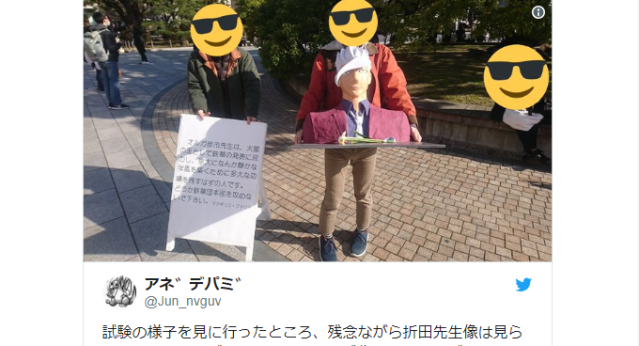


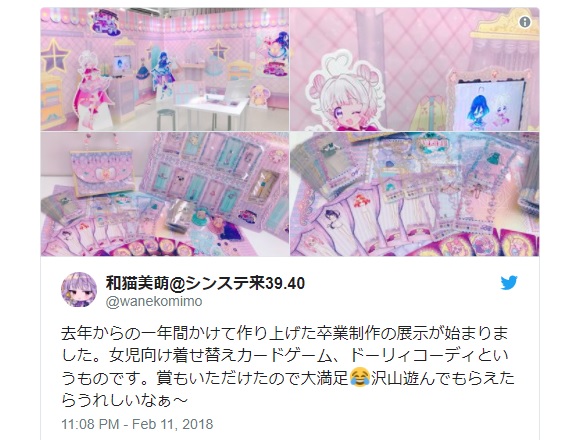

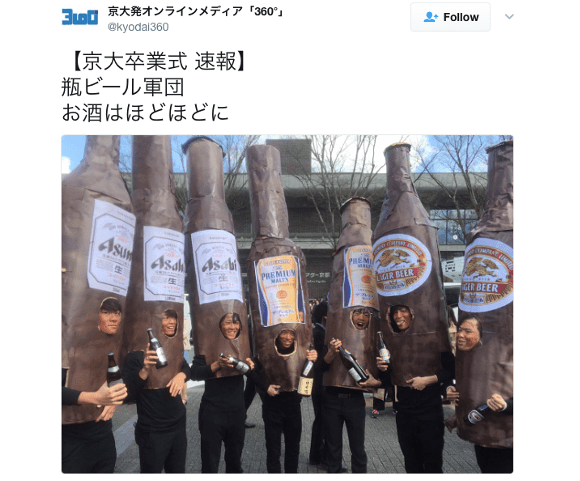


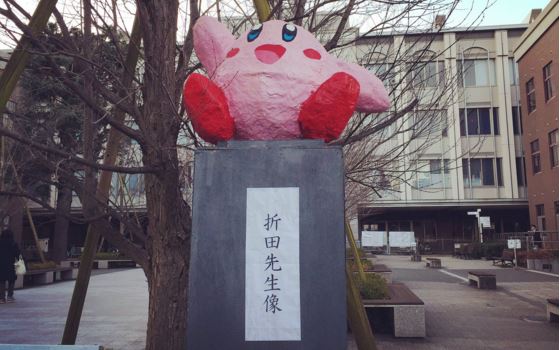

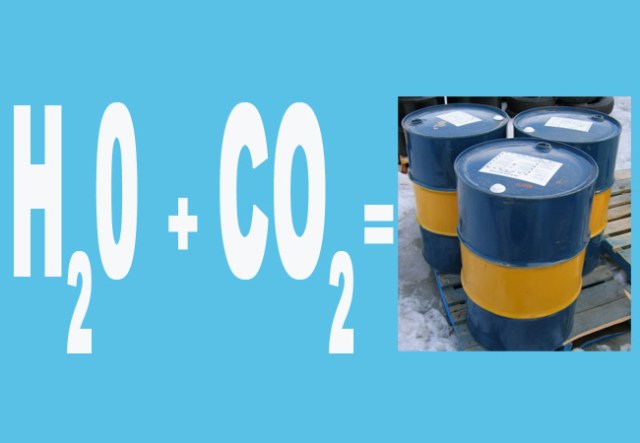

 Happy New Year from SoraNews24!
Happy New Year from SoraNews24! We found possibly the quietest Japanese-style hotel in Tokyo’s bustling Shinjuku district
We found possibly the quietest Japanese-style hotel in Tokyo’s bustling Shinjuku district Starbucks Japan ready to get Year of the Horse started with adorable drinkware and plushies【Pics】
Starbucks Japan ready to get Year of the Horse started with adorable drinkware and plushies【Pics】 7 great places to see Mt. Fuji from without having to climb it
7 great places to see Mt. Fuji from without having to climb it Enjoy the elegance of Edo at Shogun, Tokyo’s new experiential cafe
Enjoy the elegance of Edo at Shogun, Tokyo’s new experiential cafe Japanese thug wear from Birth Japan perfect for those breaking bad next year
Japanese thug wear from Birth Japan perfect for those breaking bad next year New Studio Ghibli collection includes a US$2,450 wooden Totoro 【Video】
New Studio Ghibli collection includes a US$2,450 wooden Totoro 【Video】 Yakuza may be blocked from using all expressways in Japan within the decade
Yakuza may be blocked from using all expressways in Japan within the decade Chikan molester runs away from Japanese schoolgirls at train station in Japan【Video】
Chikan molester runs away from Japanese schoolgirls at train station in Japan【Video】 Lacquerware supplier to emperor of Japan and Pokémon team up for new tableware
Lacquerware supplier to emperor of Japan and Pokémon team up for new tableware Japan may add Japanese language proficiency, lifestyle classes to permanent foreign resident requirements
Japan may add Japanese language proficiency, lifestyle classes to permanent foreign resident requirements 7-Eleven Japan’s ramen-cooking robot whipped us up a bowl of noodles【Taste test】
7-Eleven Japan’s ramen-cooking robot whipped us up a bowl of noodles【Taste test】 Cyberpunk anime meets traditional culture in Ghost in the Shell gold leaf Japanese changing screens
Cyberpunk anime meets traditional culture in Ghost in the Shell gold leaf Japanese changing screens Disillusionment at Tsukiji’s tourist-target prices led us to a great ramen restaurant in Tokyo
Disillusionment at Tsukiji’s tourist-target prices led us to a great ramen restaurant in Tokyo Hello Kitty Choco Egg figures are an adorable trip through three periods of Japanese pop culture【Pics】
Hello Kitty Choco Egg figures are an adorable trip through three periods of Japanese pop culture【Pics】 Starbucks Japan releases new zodiac chilled cup drink for 2026
Starbucks Japan releases new zodiac chilled cup drink for 2026 Japan’s otoshidama tradition of giving kids money at New Year’s gets a social welfare upgrade
Japan’s otoshidama tradition of giving kids money at New Year’s gets a social welfare upgrade 7-Eleven Japan starts new temporary luggage storage service in over 300 branches
7-Eleven Japan starts new temporary luggage storage service in over 300 branches Starbucks teams up with 166-year-old Kyoto doll maker for Year of the Horse decorations【Photos】
Starbucks teams up with 166-year-old Kyoto doll maker for Year of the Horse decorations【Photos】 Tokyo considering law requiring more trash cans following litter increase in heavily touristed area
Tokyo considering law requiring more trash cans following litter increase in heavily touristed area Tokyo’s Tsukiji sushi neighborhood asks tour groups to stay away for the rest of the month
Tokyo’s Tsukiji sushi neighborhood asks tour groups to stay away for the rest of the month Nintendo’s Kirby now delivering orders at Kura Sushi restaurants, but not in Japan
Nintendo’s Kirby now delivering orders at Kura Sushi restaurants, but not in Japan Tokyo event lets you travel back in time, for free, to celebrate 100 years since Showa era start
Tokyo event lets you travel back in time, for free, to celebrate 100 years since Showa era start Sanrio theme park in Japan announces plans to expand into a Sanrio resort
Sanrio theme park in Japan announces plans to expand into a Sanrio resort Stamina-destroying “Paralysis Noodles” are Tokyo’s newest over-the-top ramen innovation
Stamina-destroying “Paralysis Noodles” are Tokyo’s newest over-the-top ramen innovation Survey asks foreign tourists what bothered them in Japan, more than half gave same answer
Survey asks foreign tourists what bothered them in Japan, more than half gave same answer Japan’s human washing machines will go on sale to general public, demos to be held in Tokyo
Japan’s human washing machines will go on sale to general public, demos to be held in Tokyo Japan’s deadliest food claims more victims, but why do people keep eating it for New Year’s?
Japan’s deadliest food claims more victims, but why do people keep eating it for New Year’s? We deeply regret going into this tunnel on our walk in the mountains of Japan
We deeply regret going into this tunnel on our walk in the mountains of Japan Studio Ghibli releases Kodama forest spirits from Princess Mononoke to light up your home
Studio Ghibli releases Kodama forest spirits from Princess Mononoke to light up your home Major Japanese hotel chain says reservations via overseas booking sites may not be valid
Major Japanese hotel chain says reservations via overseas booking sites may not be valid Put sesame oil in your coffee? Japanese maker says it’s the best way to start your day【Taste test】
Put sesame oil in your coffee? Japanese maker says it’s the best way to start your day【Taste test】 No more using real katana for tourism activities, Japan’s National Police Agency says
No more using real katana for tourism activities, Japan’s National Police Agency says Starbucks Japan reveals new sakura drinkware collection, inspired by evening cherry blossoms
Starbucks Japan reveals new sakura drinkware collection, inspired by evening cherry blossoms Updated cherry blossom forecast shows extra-long sakura season for Japan this year
Updated cherry blossom forecast shows extra-long sakura season for Japan this year Japanese thug wear from Birth Japan perfect for those breaking bad next year
Japanese thug wear from Birth Japan perfect for those breaking bad next year New Studio Ghibli collection includes a US$2,450 wooden Totoro 【Video】
New Studio Ghibli collection includes a US$2,450 wooden Totoro 【Video】 Yakuza may be blocked from using all expressways in Japan within the decade
Yakuza may be blocked from using all expressways in Japan within the decade Chikan molester runs away from Japanese schoolgirls at train station in Japan【Video】
Chikan molester runs away from Japanese schoolgirls at train station in Japan【Video】 Lacquerware supplier to emperor of Japan and Pokémon team up for new tableware
Lacquerware supplier to emperor of Japan and Pokémon team up for new tableware Man jumps off bridge in Osaka to celebrate Heisei era’s end, hits something other than water【Vid】
Man jumps off bridge in Osaka to celebrate Heisei era’s end, hits something other than water【Vid】 Everything you need to know about climbing Japan’s second-highest volcano
Everything you need to know about climbing Japan’s second-highest volcano Gacha capsule toy machine sells Casio watch rings in Japan, and we try to get all of them
Gacha capsule toy machine sells Casio watch rings in Japan, and we try to get all of them Love Ghibli? Here’s our pick of 10 souvenir items you should buy when you visit the Ghibli Museum
Love Ghibli? Here’s our pick of 10 souvenir items you should buy when you visit the Ghibli Museum Gorgeous Ghibli schedule books are here to help you get a jump on planning ahead【Photos】
Gorgeous Ghibli schedule books are here to help you get a jump on planning ahead【Photos】 How much should we give in a New Year’s otoshidama without looking like a jerk?
How much should we give in a New Year’s otoshidama without looking like a jerk? Japanese people demand that Gackt taste the government’s old old old rice
Japanese people demand that Gackt taste the government’s old old old rice Hello Kitty Choco Egg figures are an adorable trip through three periods of Japanese pop culture【Pics】
Hello Kitty Choco Egg figures are an adorable trip through three periods of Japanese pop culture【Pics】